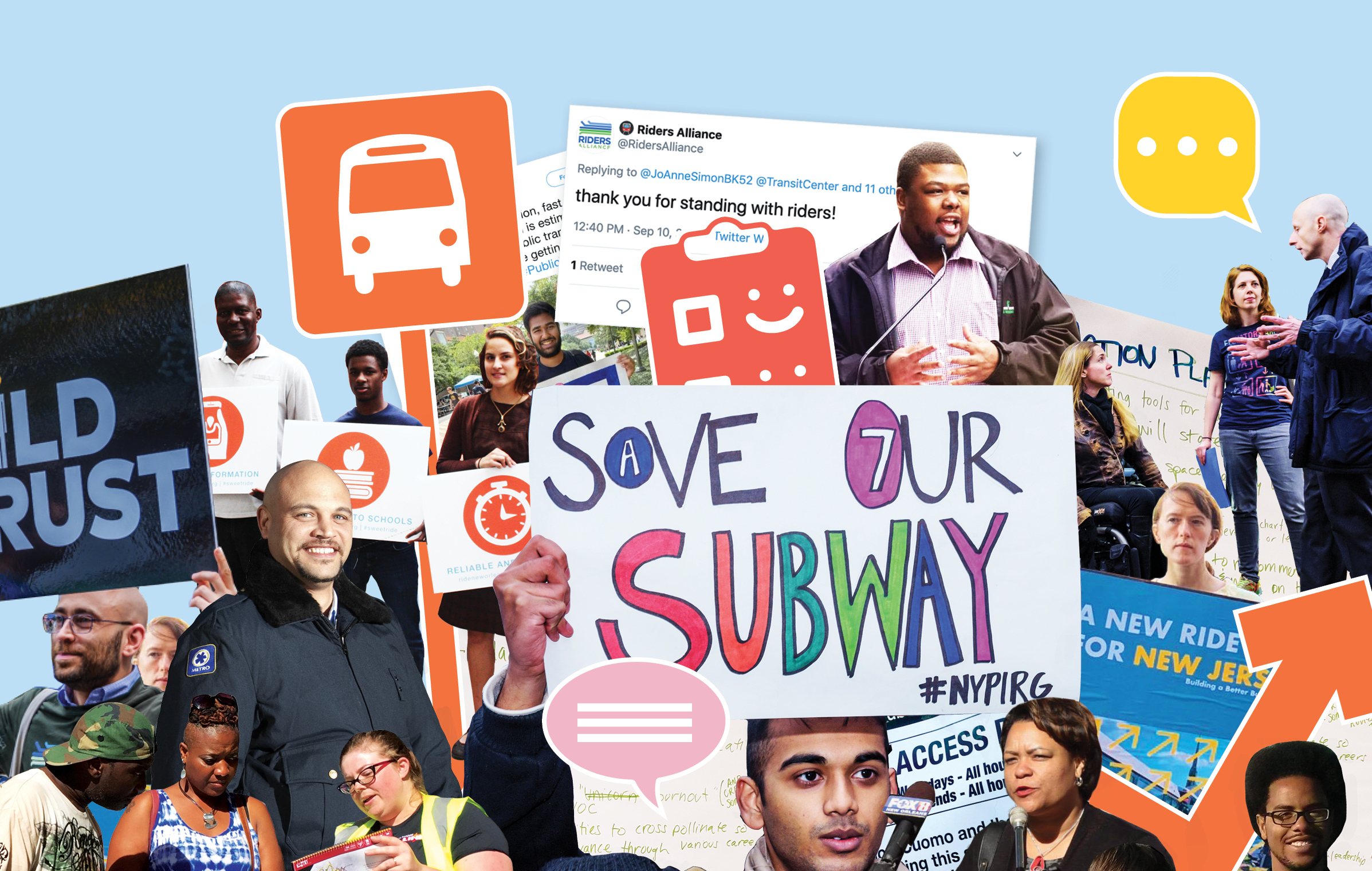
If you’re a transit rider in just about any American city, chances are the service you rely on falls somewhere between not-great and awful. The closest bus may only run once an hour, your train may be constantly delayed, or you may feel like the simple act of crossing the street to reach the bus stop is not worth the risk. To make matters worse, it often seems like no one in a position of power cares.
Strong campaigns for better transit can emerge from these frustrations. The question is how to translate the energy of transit riders into political power capable of generating policy change.
A new generation of transit advocates is rising to the challenge. They are organizing riders and winning improvements like bus lanes, funding to increase service, and fare discounts for riders with low incomes. These victories are making a difference in transit riders’ lives right now and advancing the long-term goal of achieving broad-based access to fast, frequent, reliable, affordable transit.
TransitCenter’s new report — “Winning Transit” — pulls together the experience of advocates throughout the country in a guide to running successful transit campaigns. We hope it will be a valuable resource for anyone involved in transit advocacy, whether you’re just starting out or already have some wins under your belt.
While there is no single formula for transit advocacy, successful campaigns tend to share a few traits in common. To be effective, advocates have to identify a transit problem that tangibly affects people’s lives, propose ambitious yet pragmatic solutions, and work with riders and coalition partners to sustain pressure on public officials to enact those solutions. Jarred Johnson, COO of TransitMatters in Boston, discusses how his organization applied these strategies to the campaign for frequent, affordable regional rail service:
Here are five rules of thumb that will help advocates win better transit.
Set specific, attainable goals to improve transit in your city.
The single greatest distinction we observe between organizations that are achieving tangible transit improvements for their cities and organizations that are struggling to gain traction is the difference between strategic, goal-oriented work and amorphous, general pro-transit messaging.
It’s not enough to assert that transit is good — you have to describe what’s wrong with transit in your city and generate pressure to address the problem.
In 2017, Active Transportation Alliance in Chicago (ActiveTrans) identified slow, unreliable bus service as a major impediment for riders. Their “Back on the Bus” campaign proposed three objectives for Chicago DOT and CTA: more bus lanes, all-door boarding, and bus priority at intersections. During the recent mayoral campaign, then-candidate Lori Lightfoot endorsed ActiveTrans’ goal of adding 50 miles of bus-priority streets — a policy Lightfoot has continued to pursue as mayor.
Identify who can solve problems and hold these decision makers accountable.
Successful advocates name names. Elected officials and agency executives respond to public pressure, and the only way to create that pressure is to inform people who is responsible for solving their transit problems. Advocates have to focus public attention directly on those decision makers.
When the Miami-Dade budget called for cuts to transit service, for instance, Transit Alliance targeted Mayor Carlos Gimenez, mobilizing riders to send 1,000 postcards to the mayor opposing the cut. The final budget restored $15 million for transit, preventing reductions in service and maintenance.
Speak from a rider’s perspective and combine personal stories with compelling statistics.
Advocates are in their best rhetorical position spotlighting and explaining problems that riders face on a regular basis. The most effective messages combine the human impact that politicians and reporters respond to with the quantitative analysis that policy makers find convincing.
Livable Streets in Boston recently released a report — “64 Hours: Closing the Bus Equity Gap” — which called attention to the fact that black bus riders spend 64 more hours per year on the bus than white riders. That powerful finding was widely cited in the press, and has become a rallying point for people pushing to equitably improve bus performance with more service and dedicated transit lanes.
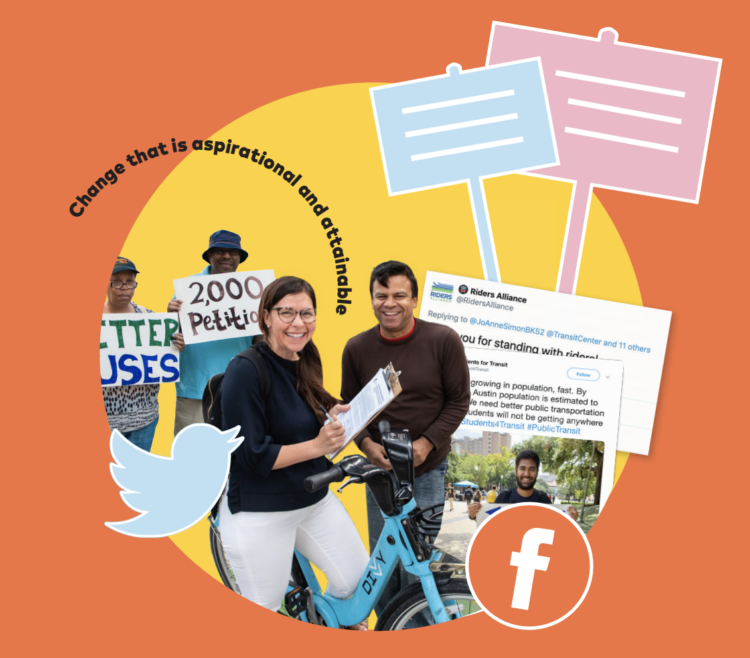
Use a variety of tactics to sustain pressure for change.
Effective campaigns sustain pressure on public officials over time. If advocates don’t keep the campaign in the public eye, the motivation for officials to act will fade as other issues occupy their attention. Mapping out a schedule of external events — such as political calendars and budget cycles — will help keep advocacy focused and on track.
Through its Fair Fares campaign, New York’s Riders Alliance set out to make half-priced fares available to hundreds of thousands of New Yorkers with low-incomes. Working with partners like the Community Service Society, an anti-poverty organization, Riders Alliance generated a steady stream of public pressure on Mayor Bill de Blasio. Through petitions, letters to City Hall, press conferences timed to major budget season milestones, and other tactics, they sustained a sense of urgency for the mayor to act. In 2019, Fair Fares became an official city program, and in 2020 it is slated to expand to every New Yorker living below the federal poverty line.
Support public officials working to improve transit service. Celebrate progress.
Many staff working at transit agencies and city DOT’s share advocates’ goals of improving transit service. These officials want to pursue projects like transit lanes or bus network redesigns but face political constraints. Advocates have to create the political space where reform-minded officials can act. When positive changes are on the line, effective advocates mobilize interested residents, collect signatures in support, turn people out to testify at public hearings, and make the case for implementation in local media. They back up the agency when it takes on difficult initiatives, and then push it to do even more.
Walk San Francisco and San Francisco Transit Riders supported the implementation of two San Francisco Municipal Transportation Agency (SFMTA) projects: the 27 Bryant Transit Reliability Project and the Mission Street Excelsior Safety Project. Key to both is the addition of larger bus stops and bus bulbs, which often repurpose parking spaces. The groups rallied support from transit riders to counter parking loss concerns in the Tenderloin and Excelsior neighborhoods. They succeeded, and the projects are proceeding.
Changing a city’s transportation system doesn’t happen overnight. In American cities, advocates face many challenges as they attempt to expand access to fast, reliable transit service. But groups across the country are showing that with energetic campaigning, strategic thinking, and persistence, even the most daunting obstacles to good transit can be overcome.
More Like This Post
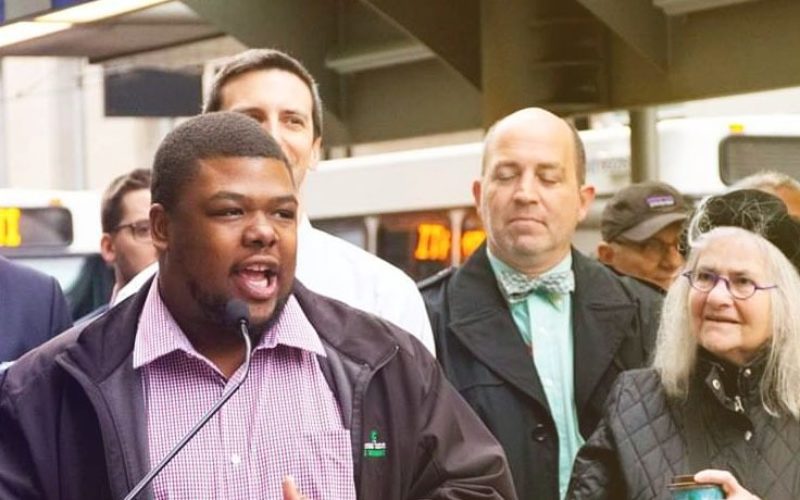 Cincinnati’s Better Bus Coalition Gets Results!
Cincinnati’s Better Bus Coalition Gets Results!
TransitCenter's new report -- “Winning Transit” -- pulls together the experience of advocates throughout the country in a guide to running successful transit campaigns. We hope it will be a valuable resource for anyone involved in transit advocacy, whether they’re just starting out or already have some wins under their belt.
Read More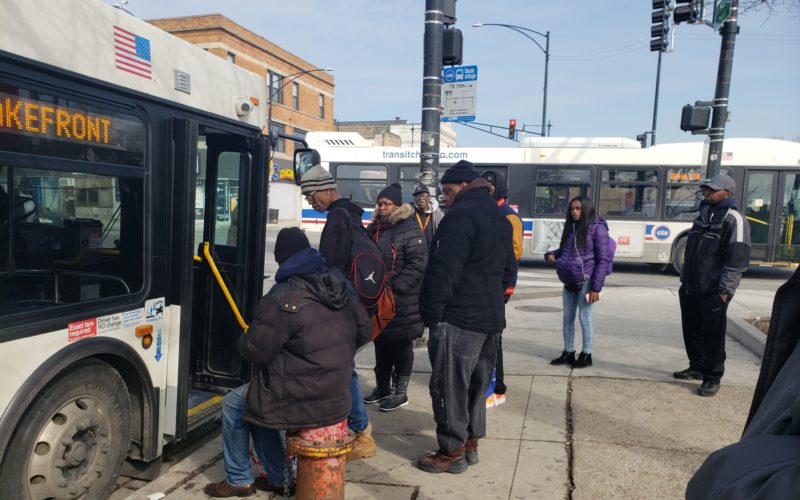 Better Bus Service Lands on Chicago’s Political Agenda
Better Bus Service Lands on Chicago’s Political Agenda
TransitCenter's new report -- “Winning Transit” -- pulls together the experience of advocates throughout the country in a guide to running successful transit campaigns. We hope it will be a valuable resource for anyone involved in transit advocacy, whether they’re just starting out or already have some wins under their belt.
Read More Cincinnati’s Better Bus Coalition Gets Results!
Cincinnati’s Better Bus Coalition Gets Results!
TransitCenter's new report -- “Winning Transit” -- pulls together the experience of advocates throughout the country in a guide to running successful transit campaigns. We hope it will be a valuable resource for anyone involved in transit advocacy, whether they’re just starting out or already have some wins under their belt.
Read More Better Bus Service Lands on Chicago’s Political Agenda
Better Bus Service Lands on Chicago’s Political Agenda
TransitCenter's new report -- “Winning Transit” -- pulls together the experience of advocates throughout the country in a guide to running successful transit campaigns. We hope it will be a valuable resource for anyone involved in transit advocacy, whether they’re just starting out or already have some wins under their belt.
Read More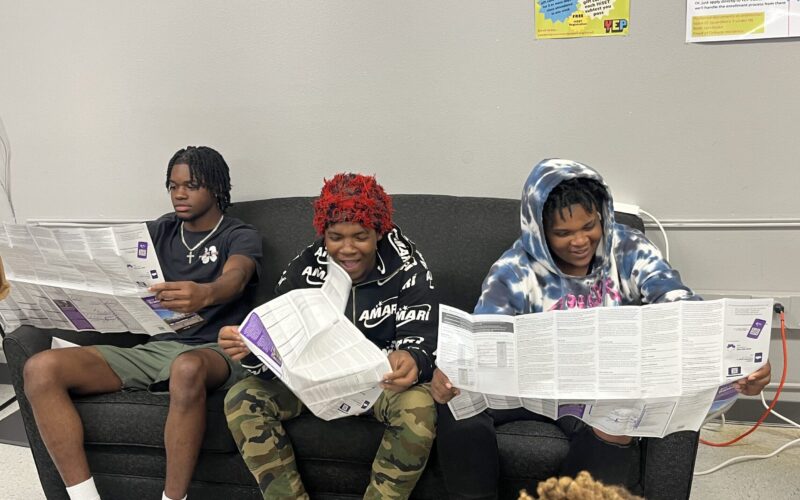 Winning Free Fares for Youth in New Orleans
Winning Free Fares for Youth in New Orleans
Most transit agencies rely on fare revenue to fund operations, meaning many are forced into the position of needing to collect fares from the people who can least afford it. To change this paradigm, advocates across the country are fighting for - and winning - programs that allow agencies to zero out fares for youth, removing one of the largest barriers to youth ridership.
Read More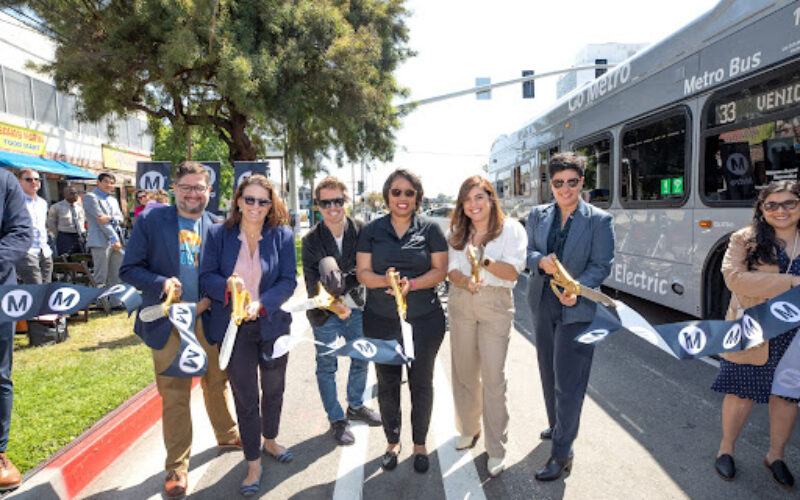 LA is (Not-So) Quietly Adding a LOT of Bus Lanes
LA is (Not-So) Quietly Adding a LOT of Bus Lanes
Thanks to the persistent work of local transit advocates, LA Metro is laying down 30 miles of bus lanes in 2023, pushing the total number of bus lanes in LA County to 40 miles.
Read More